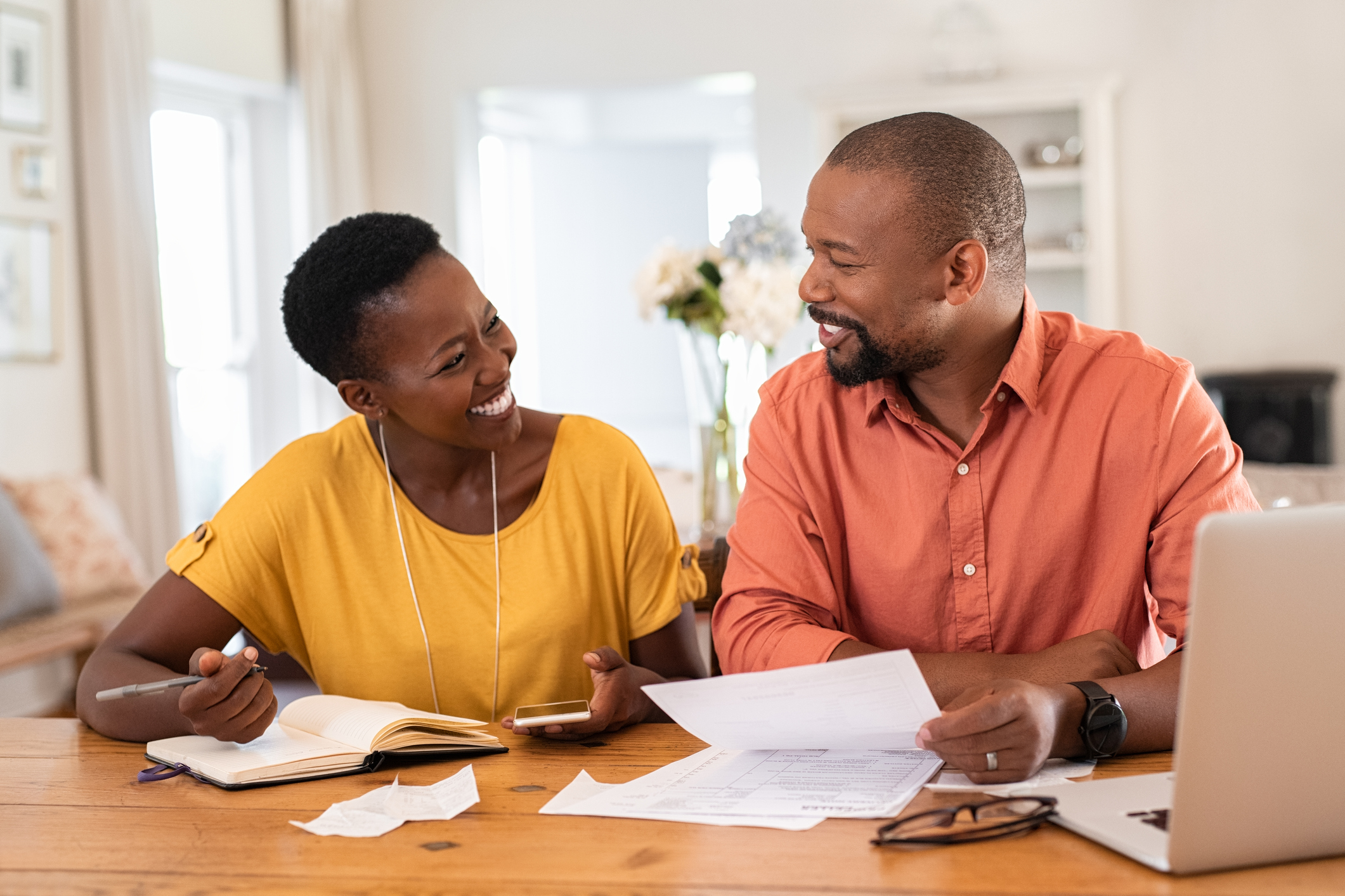
A 71-year-old with limited income came up with a plan to better her financial fortunes.
She decided to convert her basement into a rental suite. The money she’d make each month from taking on a tenant would supplement her CPP and Old Age Security payments.
Knowing that a bank loan wasn’t an option at her age and with her income, she decided to take out a reverse mortgage for 25 per cent of her home’s value. The renovation got done, a tenant moved in, and now she’s earning an income that boosts her financial security. The best part is she gets to stay in her home.
What is a reverse mortgage?
A reverse mortgage is a loan secured against the value of a home. Unlike a regular mortgage, borrowers aren’t required to make regular payments. In fact, they don’t have to pay it back at all until they sell their home.
The money is tax-free and can be used however homeowners want. Anyone over 55 can apply for a reverse mortgage, with the eligible amount calculated by age and other factors.
“She still owns her home and her home’s still going to appreciate in value, so it’s great,” he says.
A reverse mortgage is also an ideal option for older pensioners who want to continue living independently as they age, Harrison adds.
“If they can set this up, they can have full-time care and be able to stay in their home, and that’s a big thing.”
Why do reverse mortgages get a bad rap?
Depending on the reverse mortgage, there can be high or hidden fees. But Harrison says the benefits of a reverse mortgage outweigh any disadvantages, especially if borrowers consider a private loan as an alternative.
For starters, the entire value of a reverse mortgage can be taken in one lump sum, or in monthly or quarterly installments.
Interest rates are also reasonable compared to private loans, Harrison notes. The 71-year-old who converted her basement to a rental suite secured a variable rate of prime plus 1.75 percent, or 4.20 per cent as of May 2020. Private loans can clock 10-12 percent interest plus high fees just to get set up.
“There’s a lot of flexibility in a reverse mortgage,” Harrison says. “You can do a three-year variable, five-year variable or fixed and when you want to sell and move, you pay it back and keep the rest.”


